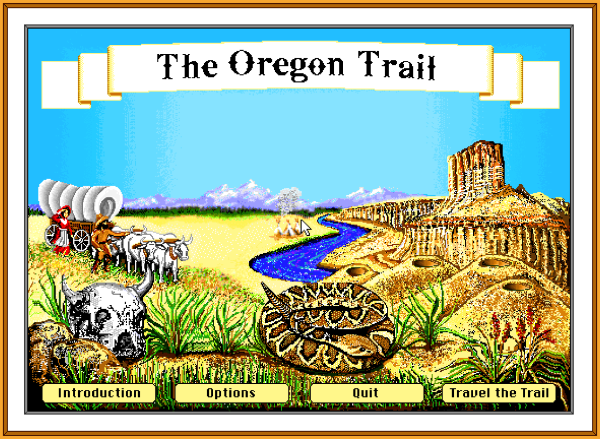Is Technology Destructive By Design?
Technology is good. Technology is bad. Both are true.
The highest tech has transformed the world. It has changed our culture, made information accessible to many more people, altered businesses, education, and the economy.
I came across the book, Terms of Disservice: How Silicon Valley is Destructive by Design, by Dipayan Ghosh recently. Ghosh was a Facebook public policy adviser who went into government work with President Obama's White House.
The book's title is a play on those terms of service that products offer and are often not even read by users. Though you can view this book as being negative on the effects of technology, it actually offers ideas for using technology in positive ways, such as to create a more open and accessible world. That was actually part of the original plan (or dream) for the Internet. The extra level of service he sees as lacking is consumer and civilian protections.

We have heard this on an almost daily basis, and yet it seems that nothing is being done to stop it.
In an interview with the LA Review of Books, Ghosh was asked about what a broader “digital social contract” would look like. He answered, in part:
"If we can agree that this business model is premised on uninhibited data collection, the development of opaque algorithms (to enable content curation and ad targeting), and the maintenance of platform dominance (through practices that diminish market competition, including raising barriers to entry for potential rivals), then three basic components of possible intervention stand out. First, for data collection and processing, all the power currently lies within corporate entities. For now, Google can collect whatever information it desires. It can do whatever it wants with this data. It can share this information basically with whomever.
Europe’s GDPR has begun to implement some better industry norms. But to truly resolve these problems, we’ll need to transfer more power away from private firms...
We also need more transparency. Basic awareness of how this whole sector works should not be treated as some contrived trade secret. Individual consumers should have the right to understand how these businesses work, and shouldn’t just get opted in by default through an incomprehensible terms-of-service contract. We likewise need much better transparency on how platform algorithms and data-processing schemes themselves work.
And finally, we need to improve market competition. We need data-portability arrangements, interoperability agreements — and most importantly, a serious regulatory regime to contend realistically with monopolistic concentration."
One of the takeaways from this book is that these institutions are destructive by design. It reminds me of the late revelations about the American tobacco industry that they knew their products were addictive and caused health problems and designed the products to increase that addiction while they ignored and even covered up the health concerns. Can the same be said of technology products?

 Students can also access the
Students can also access the 

